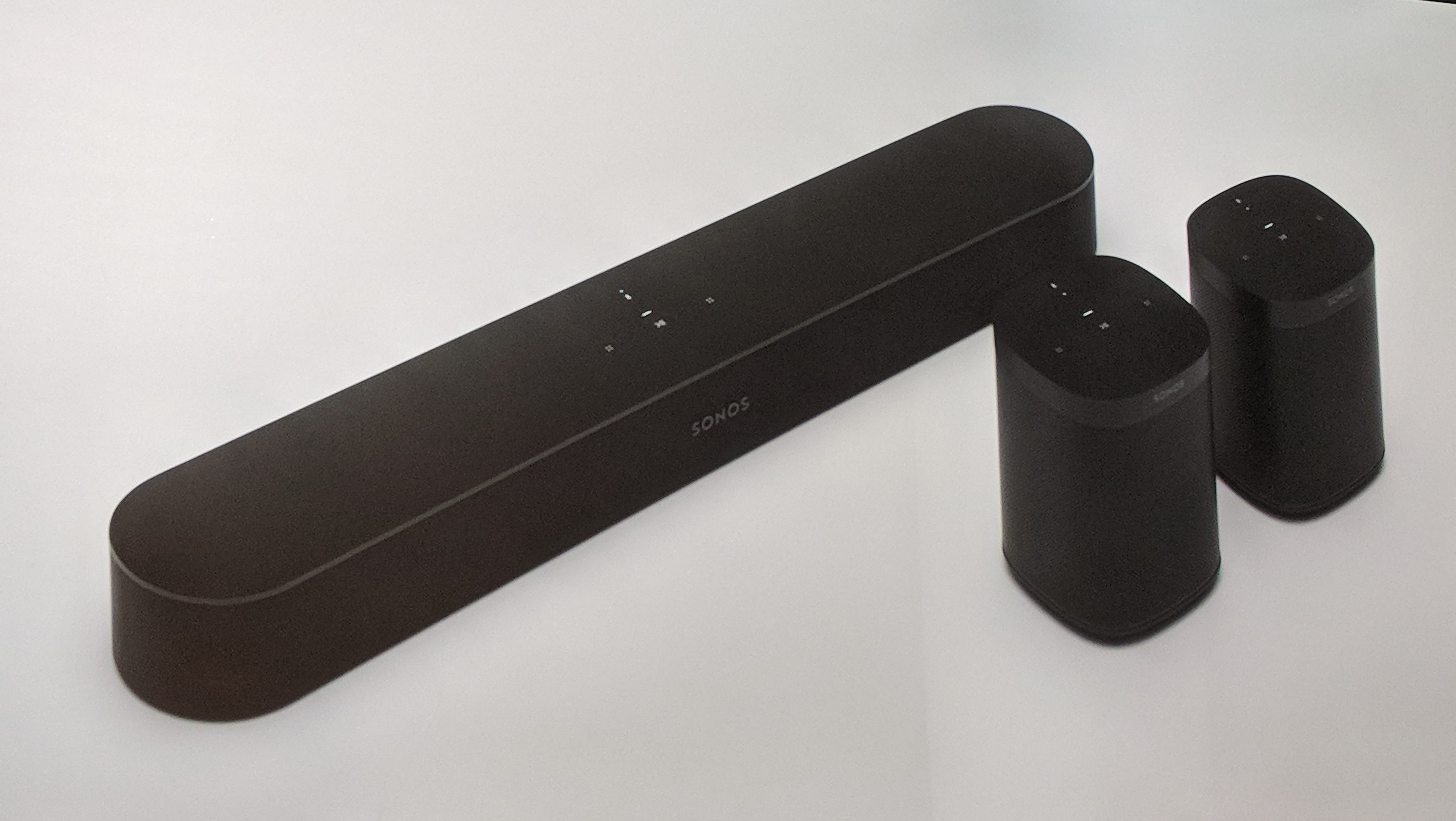Smart-Speaker Maker Sonos Files for IPO to Challenge Tech Giants
By Todd Spangler
LOS ANGELES (Variety.com) – Sonos filed for its widely expected initial public offering, as the connected-speaker company looks to take on tech-industry giants Amazon, Google and Apple.
Per ’s S-1 filing Friday, the company had more than 19 million registered speaker products in 6.9 million households globally as of March 31, 2018. Sonos reported revenue of $992.5 million for fiscal year 2017, a 10% year-over-year increase, and a net loss of $14.2 million versus a net loss of $38.2 million in 2016.
Variety was first to report Sonos’ plans to go public in April . The company plans to list shares on Nasdaq under the symbol “SONO.” Sonos didn’t provide an estimated initial offering price per share.
Sonos’ IPO filing said it planned to raise $100 million. However, that figure is a placeholder used to calculate the amount of the registration fee as required under SEC rules, so the actual amount of capital it’s seeking to raise through the offering could be different.
In the past year, Sonos has focused its products on voice-enabled speakers. The company launched its first voice-enabled speaker, Sonos One, in October 2017, and its first voice-enabled home theater speaker, Sonos Beam (pictured above), last month.
In a recent interview with Variety , CEO Patrick Spence — while not commenting on the upcoming IPO — said 2018 would be a watershed year for the 16-year-old company. “Looking back 10 years from now, this will be the point where we made the leap into the next phase of Sonos,” he said.
Sonos has a frenemy-style relationship with Amazon, Google and Apple. The company lists voice-enabled speakers from the three Silicon Valley giants among its competitors, along with traditional audio-equipment manufacturers like Bang & Olufsen, Bose, Sony, Samsung (and its subsidiaries Harman and JBL) and Sound United (and its subsidiaries Denon and Polk).
Sonos acknowledged the risks in its IPO prospectus: “To the extent products offered by our partners compete with our products, they may choose to promote their own products over ours, or could end our partnerships and cease selling or promoting our products entirely,” the company said.
At the same time, Sonos said it plans to “deepen our relationships” with current partners, including Amazon, Google and Apple. The company recently introduced voice controls for its speakers through Amazon’s Alexa technology, and it expects to incorporate Apple’s Siri via Airplay 2 and Google Assistant in 2018.
According to Sonos, customers listen to an average of 70 hours of audio content per month. Moreover, the company said consumers listen to approximately 80% more music after purchasing their first Sonos product. Users listened to 5 billion hours of audio content using Sonos products in fiscal 2017, up 33% year-over-year.
Santa Barbara, Calif.-based Sonos had 1,478 full-time employees as of March 31, including 549 in R&D, 636 in sales and marketing and 293 in general and administrative roles. Of its full-time employees, 66% are based in the U.S., with the rest in international locations including Australia, China, Denmark, France, Germany, the Netherlands, Sweden and the U.K.
In May, Sonos laid off 96 employees, which was viewed as preparation for an IPO.
In detailing risk factors, Sonos noted in the IPO filing that the company depends on a single manufacturer: Taiwan-based Inventec. That could impose a huge financial burden on Sonos if Inventec’s operations are disrupted. In addition, Inventec has the right to terminate its agreement with Sonos for any reason with 180 days’ notice, according to the filing.
Sonos had raised $455 million from investors including KKR, Index Ventures and Redpoint Ventures. KKR is its biggest single shareholder, holding 25.7% of pre-IPO outstanding shares in the company, while Index Ventures owns 13% and Redpoint has 5.2%, according to the Sonos filing.

